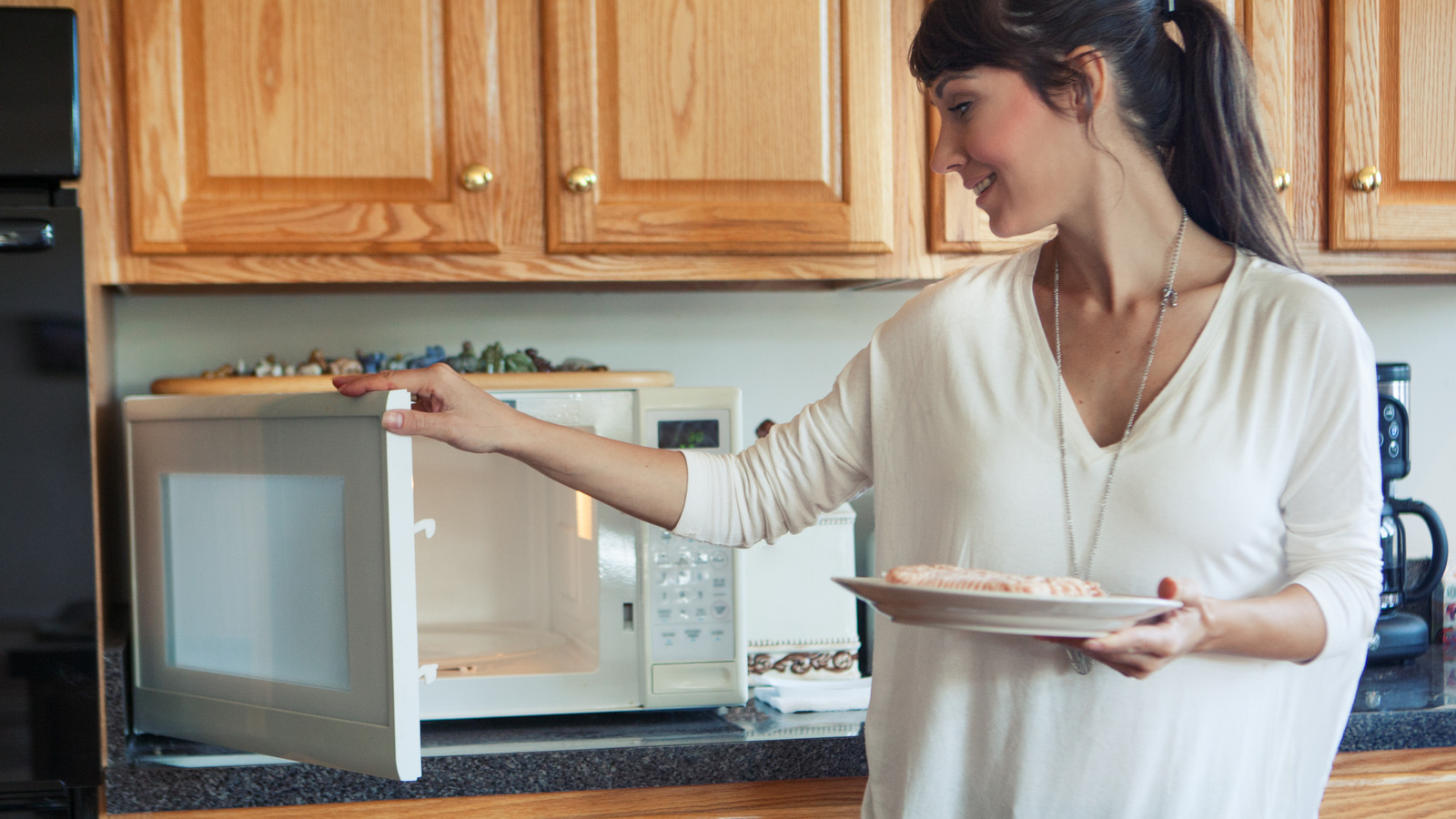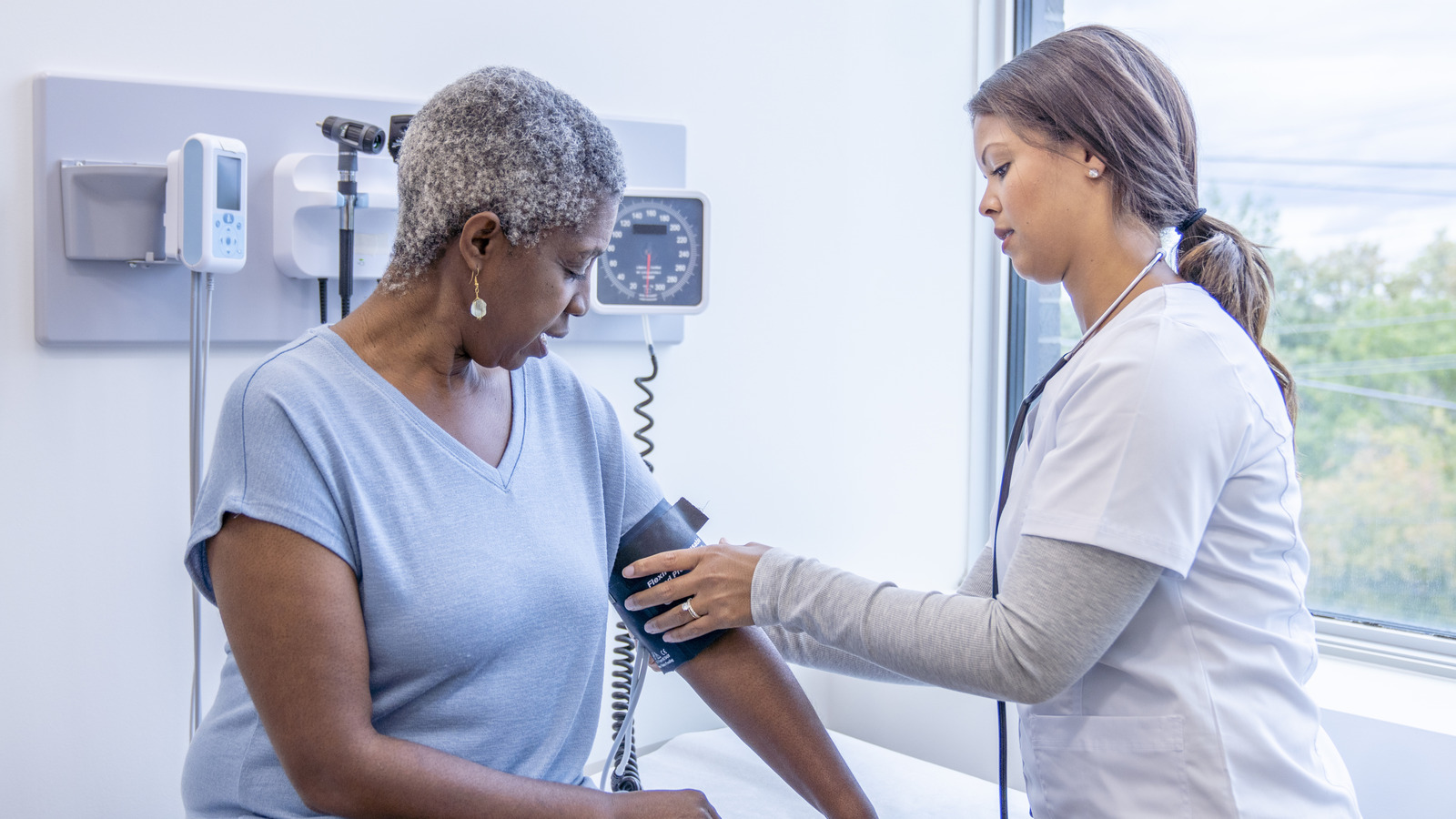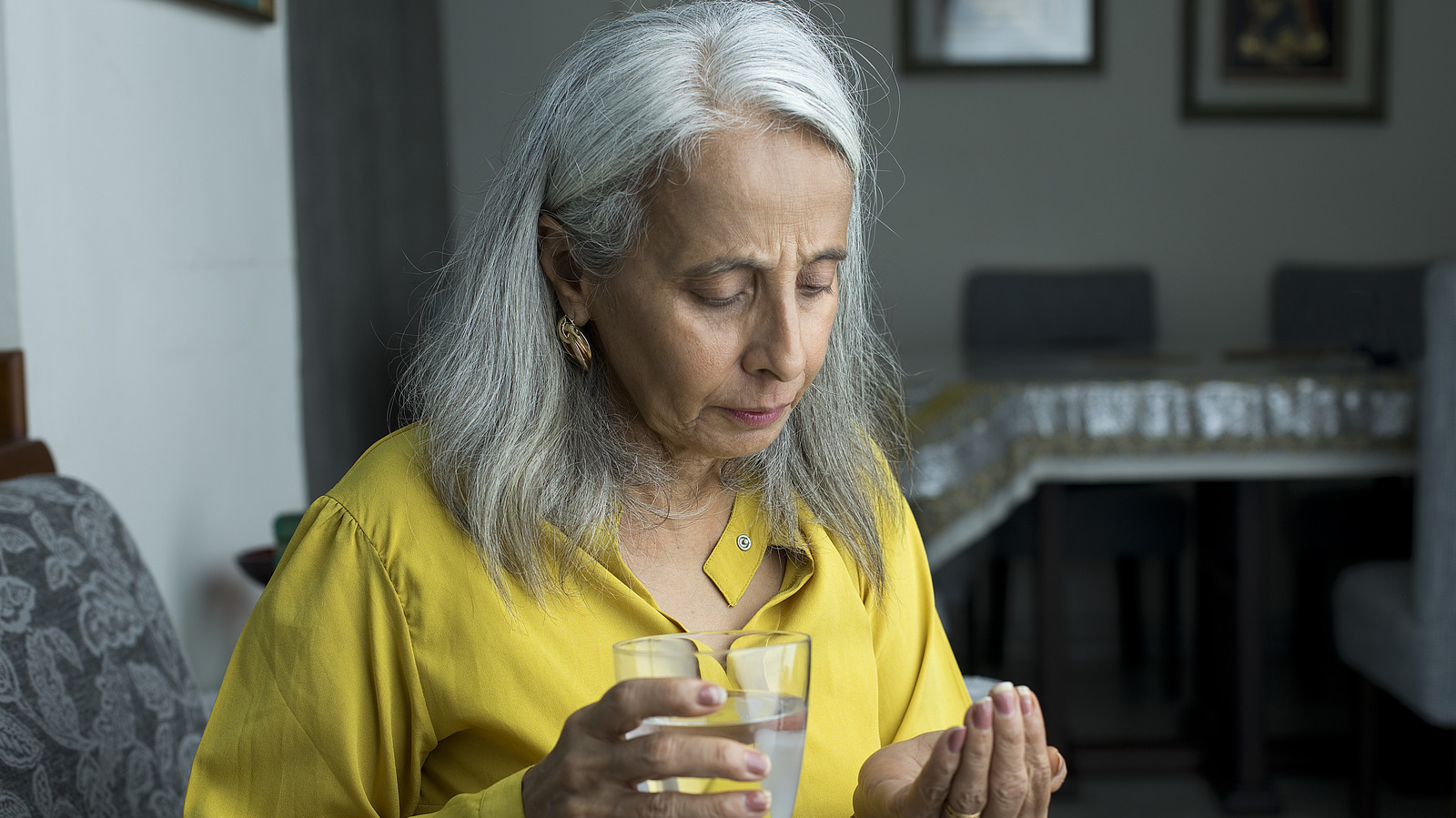
Chemistry professor and social media content creator Kim Hilton (who goes by the name chemicalkim on Instagram) explained the concept of superheating. “When water is heated in a microwave, it can superheat without appearing to boil. This means the water can become hotter than its boiling point without actually boiling. And when it is disturbed or a surface is introduced for bubbles to form, it can rapidly boil and release steam, causing an explosion.”
Microwaves heat food by sending out electromagnetic waves that cause vibrating water molecules inside the food (or liquid). Water usually reaches its boiling point at 212°F, per the USDA. “However, in some cases, the water can become overheated and superheated because it lacks the impurities and imperfections that would normally cause bubbles to form and help the water to boil,” shared Hilton. The USDA notes that using a clean mug taken directly from the dishwasher or heating room-temperature water can cause eruptions, too. So can heating the water for too long (example: over three minutes). An uneven surface in a mug or throwing a non-metallic (wooden) spoon in with the water works by diffusing the heat and providing the space for bubbles to form while the liquid is heating.
Heating the water in 30-second increments, stirring occasionally, and waiting a while before removing the mug from the microwave are some other tips to prevent superheating. Again, the first two methods allow for more uniform heating that releases bubbles, while the latter step ensures the water is not past boiling point when you remove it from the oven.



